Very lucky me happened to be in Tokyo during the Japan Media Arts festival. Cheerful, a bit chaotic and very laid-back, the festival had much to tickle a European amateur of media art.
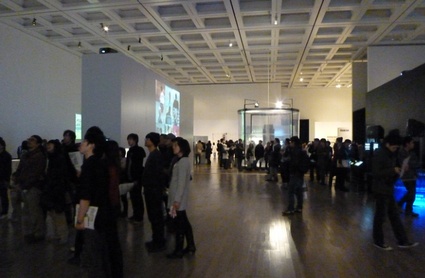
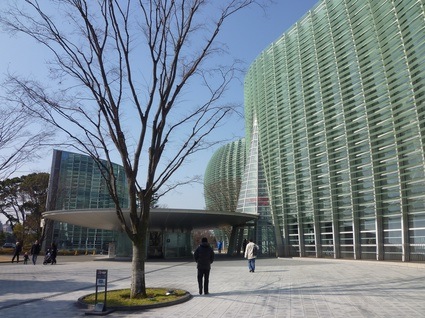 The National Art Center where the exhibition was held
The National Art Center where the exhibition was held
First of all, the festival doesn’t just celebrates media arts, it also highlights creative works of entertainment, animation, and manga which gives the feeling that media art is part of a broader contemporary culture than it is in Europe. On the other hand, i didn’t see as many socially-engaged artworks media art works as one can find in similar exhibitions in both Europe and the U.S. of A. I’m all for activism and hacktivism but you know what? i didn’t expect to find conscience-wrecking works in the exhibition anyway, so its scarce presence didn’t spoil my dessert.
Unlike most similar events, Japan Media Arts festival displays not only the awarded works but also the ones that have been recommended by the jury.
Finally, there was light instead of the usual crepuscular atmosphere in the exhibition space. I don’t understand why media art exhibitions are so desperate to have you nose-dive into darkness and gloominess.
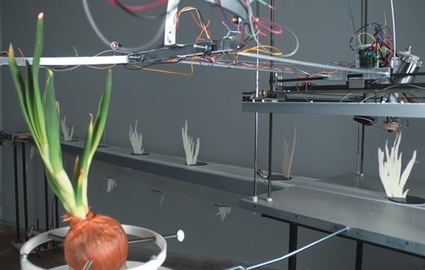
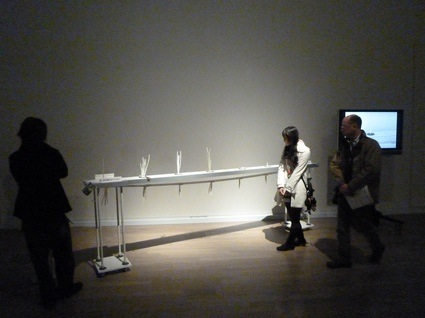 David Bowen‘s Growth Modeling Device scooped up the grand prize in the Art Division category. The system attempts to replicate the daily growth of an onion plant.
David Bowen‘s Growth Modeling Device scooped up the grand prize in the Art Division category. The system attempts to replicate the daily growth of an onion plant.
While lasers scan the onion from one of three angles, a fuse deposition modeler creates a plastic model based on the information collected. The device repeats this process every twenty-four hours scanning from a different angle. After a new model is produced the system advances a conveyor approx. 17 inches so the cycle can repeat. The result is a series of white plastic models illustrating a simple organic phenomenon from different angles.
Vernissage tv interviewed Bowen about his installation.
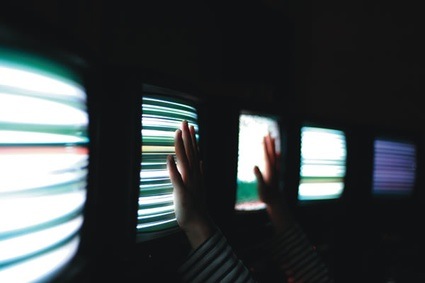
One of my favourite works in the exhibition was Braun Tube Jazz Band. Wada Ei lined up tv screens and used them as percussion instruments, reinventing thus the purpose and characteristics of a media we thought we knew so well. The artist explains: One day, a spectacular picture popped up in my brain. It was an image of abandoned electrical appliances being played as musical instruments on a street in a town. Using this image as a starting point, I set up the same number of tube televisions and PC-controlled video decks correspond to the number of notes in a musical scale to create a set of gamelan percussion instruments. Tapping TV tubes produces primitive and cosmic electrical music.
(there’s another video over here)
I was glad to finally get to see Lawrence Malstaf‘s Nemo Observatorium which i had missed at ars electronica 2009 where it baffled the audience by receiving the Golden Nica of Interactive Art.
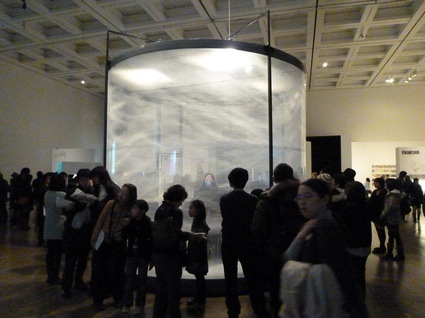
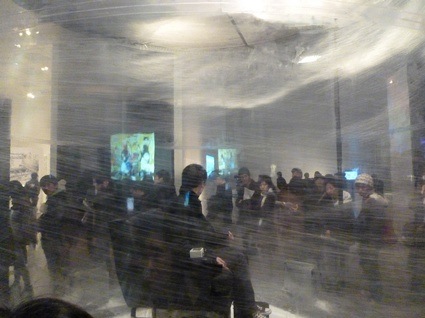
People were forming a long queue to be allowed to enter the transparent cylinder and sit on its chair, right in the eye of the upcoming storm… Once you’ve press the start button, a huge volume of foam polystyrene beads swirl frantically against the internal wall of the cylinder. All hell breaks loose around you and after a first moment of shock, the experience turn out to be soothing and perfectly safe.
Among the recommendations of the jury:
 Leçons de Français (French Lessons), a very charming French lesson by Vanessa Louzon who cut and rearranged images from a French lesson book that belonged to her mother and a communist-era atlas of Europe that belonged to her father, and constructed a video narrative using language lesson clichés to tell about modern life, displacement, and failed dreams (movie.)
Leçons de Français (French Lessons), a very charming French lesson by Vanessa Louzon who cut and rearranged images from a French lesson book that belonged to her mother and a communist-era atlas of Europe that belonged to her father, and constructed a video narrative using language lesson clichés to tell about modern life, displacement, and failed dreams (movie.)
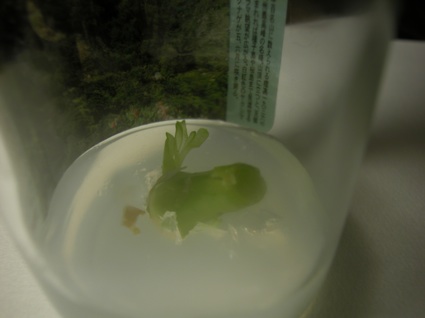 Common Flowers, by Shiho Fukuhara and Georg Tremmel (of the Biopresence fame), reverts the blue “Moondust” carnation -the first commercially available and purely aesthetic GM product- back to its natural white state using open-source DIY bio-bending methods and procedures.
Common Flowers, by Shiho Fukuhara and Georg Tremmel (of the Biopresence fame), reverts the blue “Moondust” carnation -the first commercially available and purely aesthetic GM product- back to its natural white state using open-source DIY bio-bending methods and procedures.
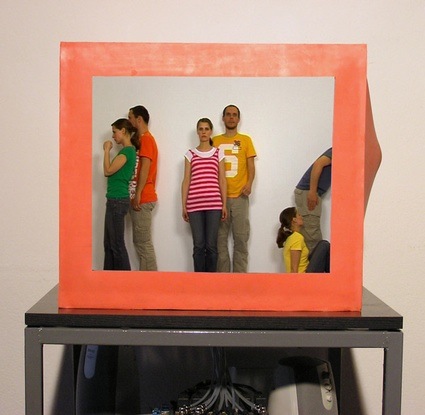 BOX 2.0, 2008. Courtesy of the artist and Alkatraz Gallery
BOX 2.0, 2008. Courtesy of the artist and Alkatraz Gallery
Box 2.0, by
Nika Oblak & Primoz Novak, is a bright orange rubber LCD monitor showing clones of the artists duo trapped inside it. As they bump and hit on the walls surrounding them in 2D video, pneumatic system and software transfer their movements into actual 3D space as if their kicks could actually enable them to escape the tv set (video.)
Bearings Glocken, by Kawase Kohske, is a musical instrument that performs a glockenspiel using steel ball for bearings, said to be the world’s most perfect sphere on earth.
Photo on the homepage: Flood Helmet Gallery from the series Objects for Our Sick Planet, by ONG Kian-Peng.
All my pictures from the Japan Media Arts Festival.
